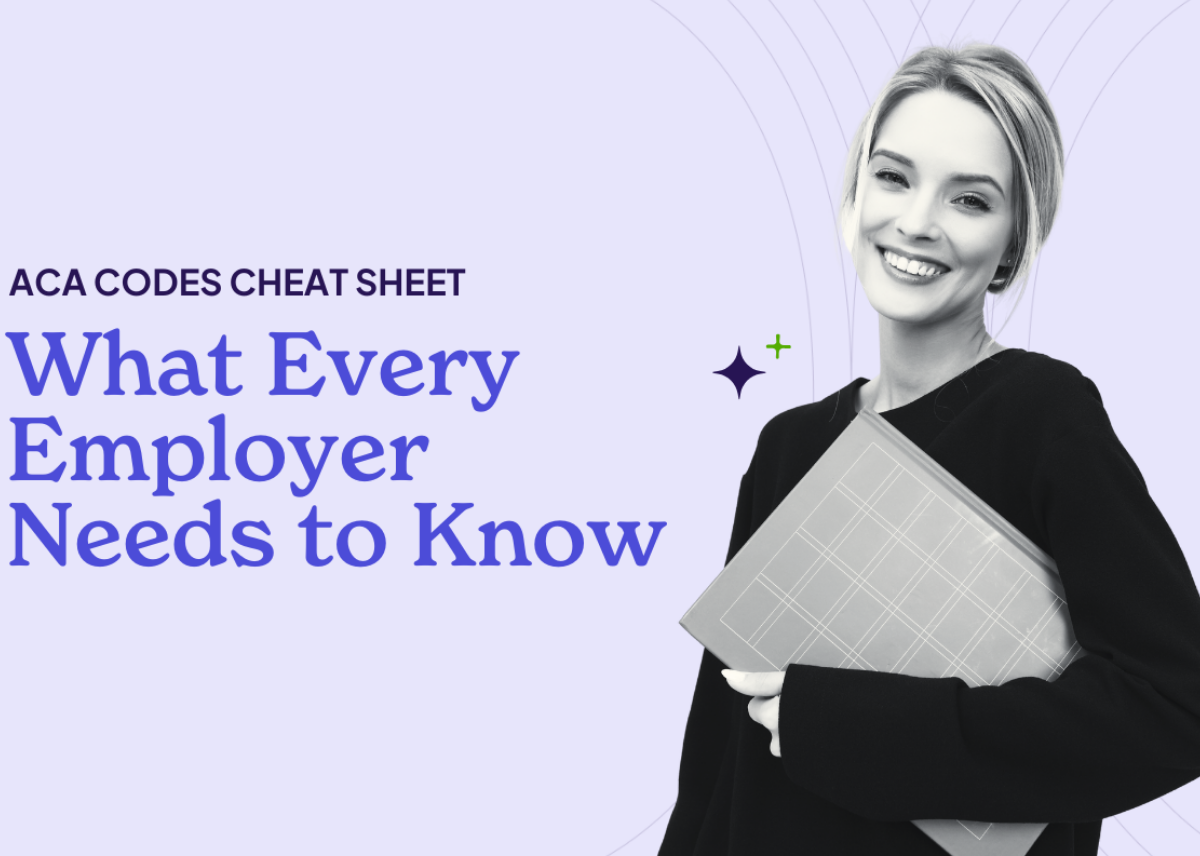
16th September 2025
ACA Codes Cheat Sheet: What Every Employer Needs to Know

This article was written by Selerix.
The High Stakes Behind a Few Little Boxes
On the surface, ACA codes seem simple. Just a few entries on IRS Form 1095-C. But as most HR practitioners know, it’s anything but. For employers, getting those codes wrong can mean steep penalties, rejected filings, and unnecessary stress during an already demanding season.
That’s because those little numbers do a lot of heavy lifting. They tell the IRS if you offered health coverage, whether that coverage was affordable, and whether you’ve met your employer mandate responsibilities under the Affordable Care Act. A single incorrect code can flag your organization for noncompliance, even if you did everything right.
If you’ve ever found yourself tearing your hair as you Google “what does code 1A mean on line 14?” while toggling between spreadsheets and IRS instructions, you’re not alone. ACA 1095 codes aren’t intuitive. With the end of good-faith relief and employers now required to e-file when submitting 10 or more information returns, the margin for error is now even smaller.
That’s why we created this ACA codes cheat sheet.
This guide breaks down everything you need to know about ACA reporting codes, from the meaning of lines 14, 15, and 16 to common mistakes and examples of how to code real-world employee situations. Along the way, we’ll show you how Selerix can simplify ACA compliance, because compliance should never be checkbox roulette.
Let’s take the mystery (and the margin for error) out of ACA codes. Read the full article here: ACA Codes Cheat Sheet: What Every Employer Needs to Know







